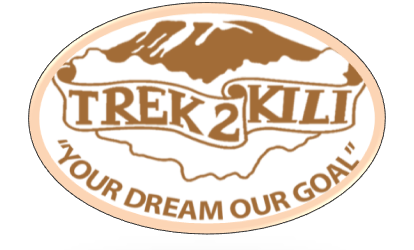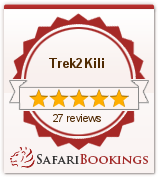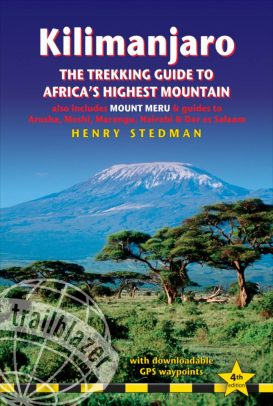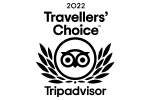Mt. Kilimanjaro Climbing FAQs
When is the best time to climb Kilimanjaro?
Will I need to purchase travel insurance?
Travel insurance covers expenses such as:
• trip cancellation, interruption or delays
• emergency accident and sickness
• 24-hour emergency medical assistance
• lost, damaged, stolen or delayed baggage
How fit will I need to be?
Which route should I choose?
The other three routes which are Shira, Lemosho and Rongai are less used routes but having beautiful scenic as you trek. Lemosho and Shira routes approach Kibo from the West while Rongai route approaches from the North. These three routes can be completed in 6-8 days and allows a chance to have acclimatization which increases chance of reaching the Uhuru Peak.
How many people will be in a group?
What clothing & equipment should I take?
Normally a maximum of 20 Kg is carried by one porter and a minimum of 2 porters are require for a single client. Basically we will advice you accordingly what to carry and what to leave to minimize luggage on Kilimanjaro. But remember there is a limit to the weight that the porters can carry and your kit bag must be a maximum of 20Kg. You will also have a rucksack that will contain your basic kit for a days walking. See rough idea of Climbing Mount Kilimanjaro gears and equipments list.






